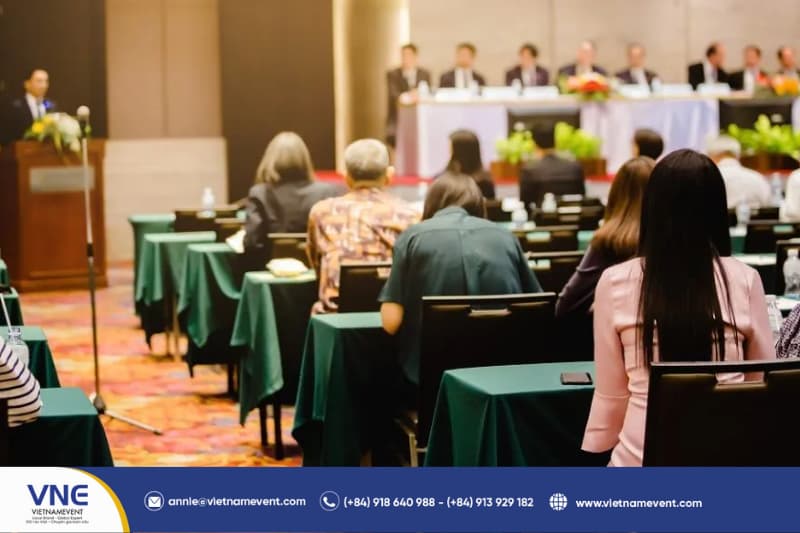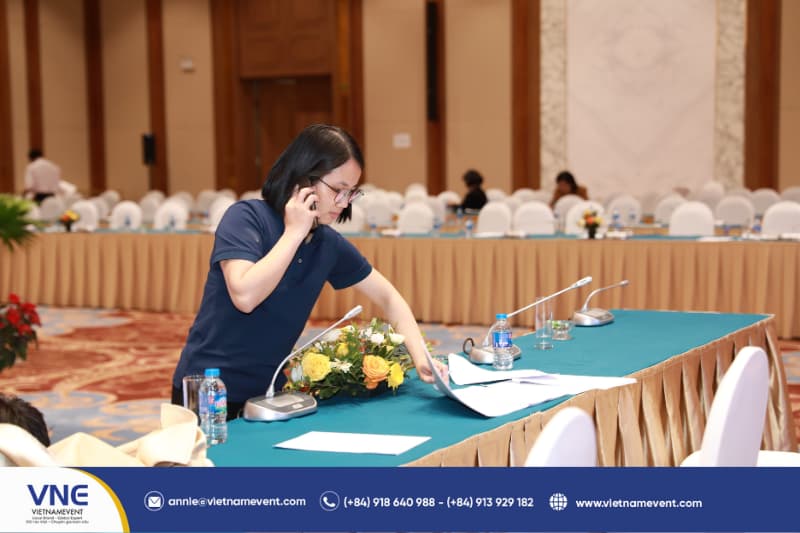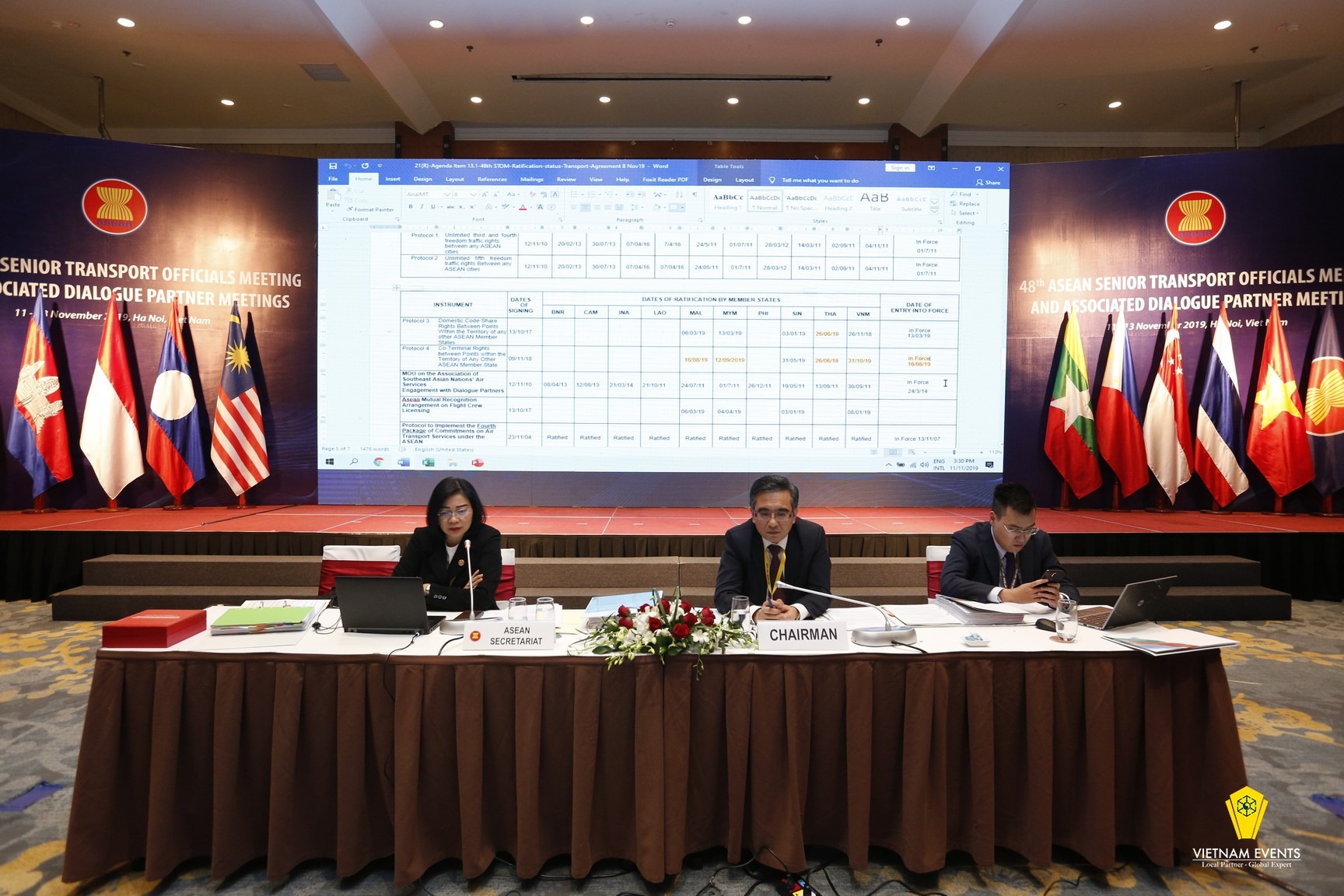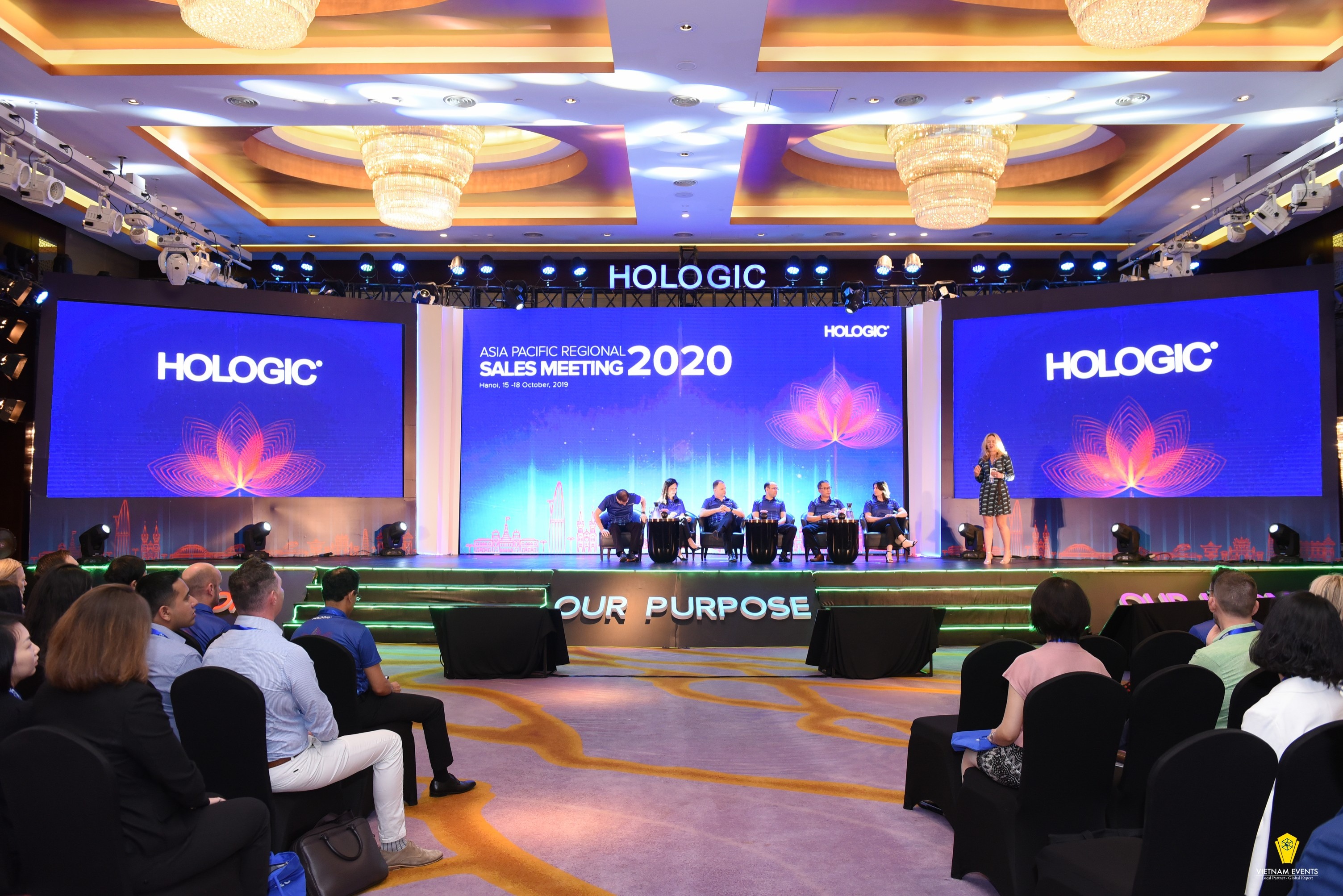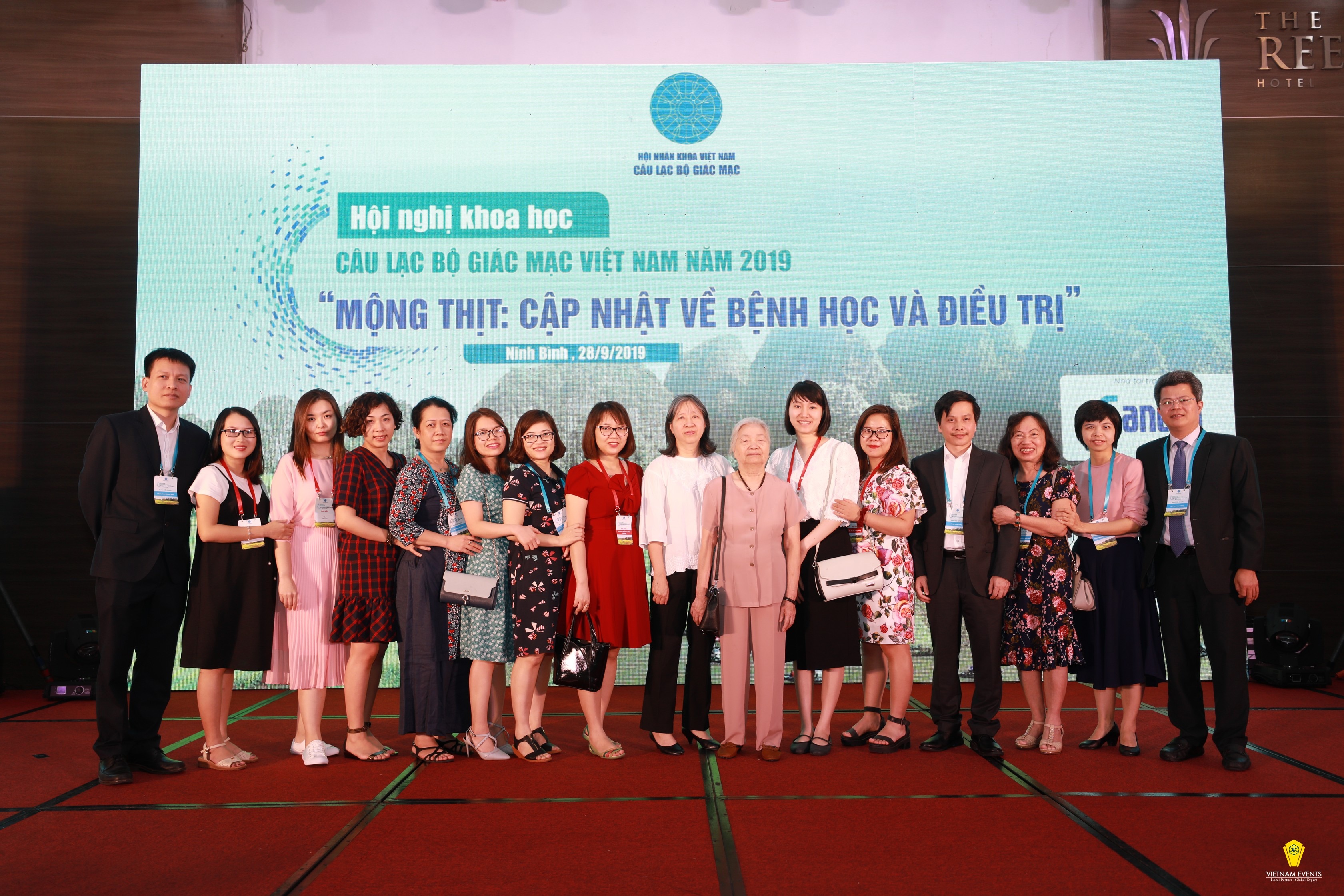Annual General Meetings
Hosting a successful Annual General Meeting (AGM) requires careful planning, seamless coordination, and professional execution. From venue setup to agenda management, our comprehensive Annual General Meeting organization services ensure a smooth and productive event, tailored to your business needs.What is an Annual General Meeting?
An Annual General Meeting (AGM) is a mandatory yearly gathering where a company’s shareholders and management come together to review the organization’s overall performance, discuss key business matters, and make important decisions.
This meeting serves as a crucial platform for transparency, accountability, and corporate governance, ensuring that shareholders remain informed about the company’s financial health and strategic direction.
During an AGM, the company’s board of directors presents an annual report, which typically includes financial statements, business performance reviews, and plans. This report provides shareholders with essential insights into the company’s operations, profitability, and long-term growth strategies.
One of the key aspects of an AGM is voting on critical issues. Shareholders with voting rights participate in decision-making processes that may include:
- Election or re-election of board members: Shareholders vote on appointing or retaining directors who will oversee company operations and strategic planning.
- Approval of executive compensation: Decisions regarding the salaries, bonuses, and incentive structures for top executives are often reviewed and voted on.
- Dividend declarations: Shareholders may approve proposed dividend payments, determining how profits are distributed among investors.
- Selection of auditors: The appointment or reappointment of external auditors is typically decided during an AGM to ensure transparency in financial reporting.
In addition to these formal proceedings, an AGM also provides a valuable opportunity for shareholders to ask questions, raise concerns, and engage directly with company leadership. This fosters trust, promotes shareholder engagement, and helps align corporate strategies with investor expectations.
What is an Annual General Meeting?
Steps to organize an AGM
Successfully organizing an AGM requires careful planning and execution. Each step plays a crucial role in ensuring transparency, shareholder engagement, and regulatory compliance. Below is a structured approach to conducting an effective AGM.
Planning and content preparation
The first and most crucial step in organizing an AGM is thorough planning and preparation of key content. Companies must start by defining the objectives of the meeting, reviewing past AGM proceedings, and identifying essential topics for discussion. This phase includes compiling financial reports, business performance summaries, and governance updates that will be presented to shareholders.
It is also important to review legal and regulatory requirements governing AGMs, such as notification periods, voting procedures, and documentation standards. Early preparation allows companies to ensure that all materials are accurate, up-to-date, and aligned with compliance regulations. Additionally, setting up a dedicated AGM planning team can help streamline the organization process, ensuring that responsibilities are assigned and deadlines are met.
Determining the time and venue for the AGM
Selecting an appropriate date, time, and venue is crucial to ensuring maximum shareholder participation. It is advisable to schedule the AGM well in advance, preferably at the same time each year, to provide consistency and allow stakeholders to plan accordingly.
When choosing a venue, several factors must be considered:
Capacity – Ensure the venue can accommodate all expected attendees comfortably.
Accessibility – Choose a location that is geographically convenient and provides facilities for individuals with disabilities.
Technical Setup – Confirm the availability of necessary equipment such as projectors, microphones, sound systems, and internet access for live streaming or virtual participation.
Budget Considerations – Factor in costs related to venue rental, catering, speaker fees, and IT support.
For companies that prefer a hybrid or virtual AGM, investing in a reliable video conferencing platform is essential. This ensures that remote participants can engage in discussions, cast votes, and access necessary documents without technical disruptions.
Determining the time and venue for the AGM
Sending notifications and invitations to shareholders
Once the AGM date and venue are confirmed, the next step is to send formal notifications to shareholders and other relevant stakeholders. Most corporate regulations require companies to provide official notice of the meeting within a specified timeframe, as outlined in their corporate constitution or legal guidelines.
A notice of the meeting should include:
The date, time, and venue of the AGM (or online access details for virtual AGMs).
The meeting agenda outlines the key discussion topics.
Instructions on how shareholders can participate, ask questions, and vote.
It is also advisable to send pre-meeting reports and financial statements to allow shareholders ample time to review the company’s performance and prepare any concerns or queries in advance.
In addition to notifying shareholders, some companies may also choose to invite key stakeholders, business partners, or regulatory representatives to observe or participate in discussions.
Preparing documents before the meeting
Proper documentation is essential for ensuring a smooth and well-organized AGM. Companies must prepare and distribute key materials that offer shareholders a comprehensive understanding of the company’s performance, governance, and financial position. These documents typically include audited annual financial statements to ensure accuracy, as well as reports from the Chairperson, CEO, and Treasurer that summarize the company’s achievements, challenges, and future direction. Additionally, voting materials for elections, resolutions, or other key decisions must be prepared in advance. For larger corporations, these materials may be consolidated into a single annual report, providing a complete overview of the company’s financial health and strategic outlook.
Creating the meeting agenda
A well-structured meeting agenda serves as a roadmap for the AGM, ensuring that discussions remain focused and productive. The meeting typically begins with opening remarks by the Chairperson, setting the tone and objectives for the session.
This is followed by the approval of minutes from the previous AGM to ensure continuity and accountability. The company then presents its financial and operational reports, highlighting key business achievements and performance reviews.
Shareholders participate in crucial voting processes, including board elections, dividend payments, and the selection of auditors.
Additionally, a discussion on future business strategies provides shareholders with insights into the company’s plans and market positioning. A dedicated Q&A session allows shareholders to voice concerns, ask questions, and engage directly with management, fostering transparency and collaboration.
The meeting concludes with closing statements summarizing key takeaways and outlining the next steps. Some companies also invite guest speakers or industry experts to share insights on relevant trends, challenges, or innovations, adding value to discussions and enhancing shareholder engagement.
Creating the meeting agenda
Conducting the meeting
On the day of the AGM, ensuring smooth logistics and an efficient flow of proceedings is crucial. The Chairperson plays a key role in moderating discussions, keeping them structured and focused on the agenda.
Clear voting procedures must be in place, whether through electronic systems, paper ballots, or a show of hands, to ensure fairness and transparency. A dedicated minute taker should record all discussions, decisions, and resolutions for accurate documentation.
Effective time management is also essential, allowing each agenda item to be covered thoroughly while keeping the meeting within a reasonable duration. For hybrid or virtual AGMs, having a technical support team on standby is important to address connectivity issues and facilitate seamless participation for remote attendees.
Recording minutes and completing post-meeting procedures
After the AGM concludes, it is essential to prepare, review, and distribute detailed minutes to all shareholders. These minutes serve as an official record of the meeting and may be referenced for legal or strategic purposes in the future.
Key post-meeting tasks include finalizing and filing voting results to ensure that all decisions are properly documented and communicated. Companies must also follow up on action items and resolutions passed during the meeting, ensuring that commitments are carried out effectively.
Additionally, distributing post-meeting reports to shareholders and stakeholders provides a clear summary of key discussions and outcomes. The minutes from the AGM will also serve as a valuable reference for next year’s meeting, helping to track company progress and governance decisions over time. Properly completing these tasks ensures transparency, accountability, and continuity in the company’s operations.
Professional and comprehensive annual general meeting organization services at VietnamEvent
Organizing a successful Annual General Meeting (AGM) requires meticulous planning, seamless execution, and a deep understanding of corporate governance. At VietnamEvent, we specialize in providing professional and comprehensive Annual General Meeting organization services, ensuring that every aspect of your meeting is handled with precision and efficiency.
From selecting the ideal venue and managing invitations to preparing essential documents and facilitating smooth voting procedures, our team takes care of every detail. We provide advanced technical support for both in-person and hybrid AGMs, ensuring seamless communication and engagement for all participants.
Our expertise extends to creating structured agendas, moderating discussions, and accurately recording meeting minutes, guaranteeing transparency and compliance with corporate regulations.
With over 10 years of experience in event management, VietnamEvent is committed to delivering AGMs that are not only well-organized but also engaging and impactful. Whether you require a traditional corporate setting or a fully virtual experience, we tailor our services to meet your specific needs, allowing your organization to focus on strategic decision-making while we handle the logistics. Trust VietnamEvent to elevate your AGM with professionalism, reliability, and excellence.
Professional and comprehensive annual general meeting organization services at VietnamEvent
Contact us today at (+84) 913 929 182 - (+84) 918 640 988 to discuss how we can support your next Annual General Meeting with our professional event management services.
There is no information to what can be done Contact VietnamEvent through the Hotline at +84.918.640.988 to discuss your objectives and we will provide creative, impressive, and effective solutions every time.
LET’S GET SOCIAL
For inspiring experiences, real-time updates, the latest trends or casual conversation, explore our social networks for update more.
